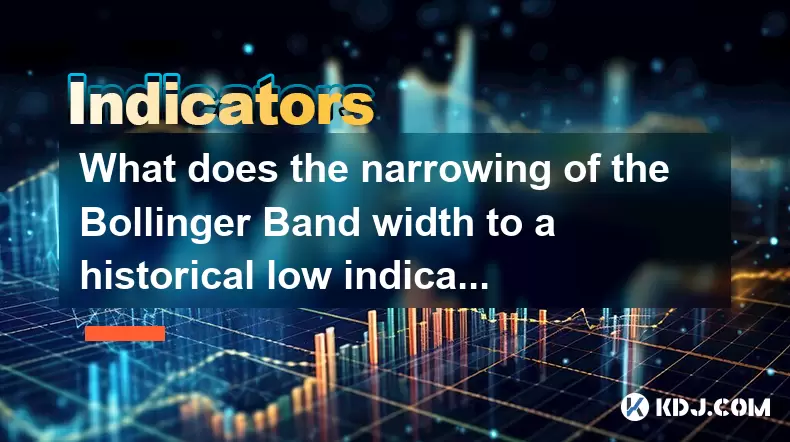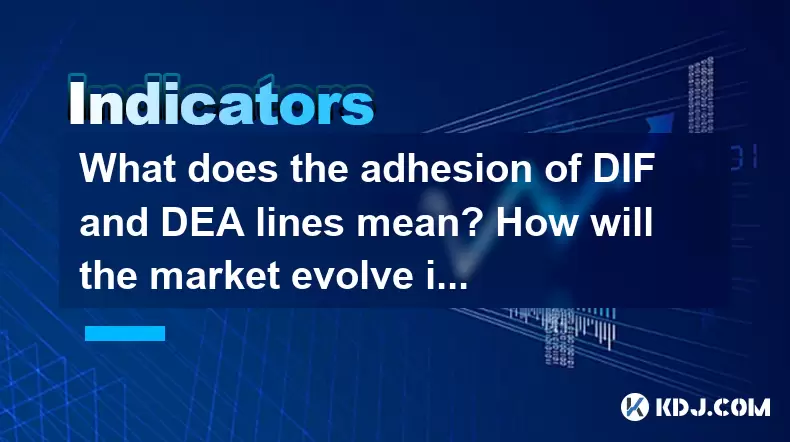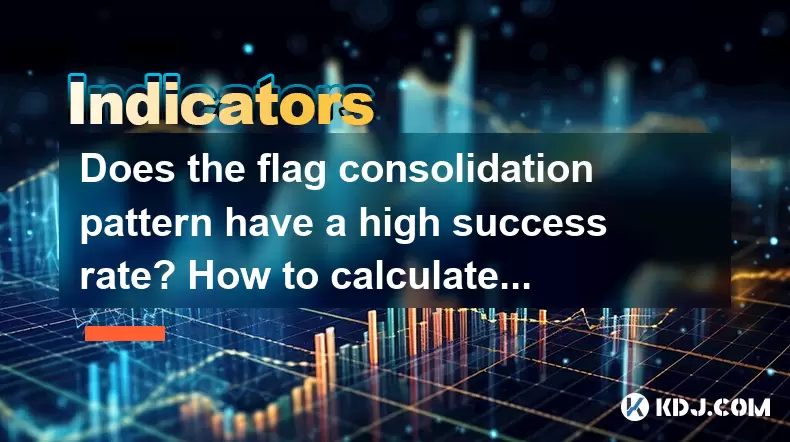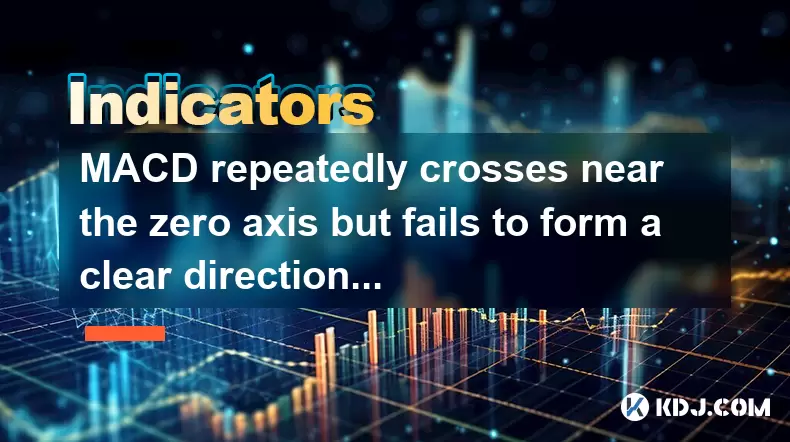-
 Bitcoin
Bitcoin $105,278.9859
4.61% -
 Ethereum
Ethereum $2,414.7741
8.20% -
 Tether USDt
Tether USDt $1.0007
0.05% -
 XRP
XRP $2.1600
7.53% -
 BNB
BNB $639.5433
3.75% -
 Solana
Solana $144.3830
9.37% -
 USDC
USDC $1.0001
0.02% -
 TRON
TRON $0.2742
3.84% -
 Dogecoin
Dogecoin $0.1640
8.57% -
 Cardano
Cardano $0.5811
7.49% -
 Hyperliquid
Hyperliquid $37.2466
5.28% -
 Sui
Sui $2.8243
14.84% -
 Bitcoin Cash
Bitcoin Cash $460.8816
2.22% -
 Chainlink
Chainlink $12.9580
11.75% -
 UNUS SED LEO
UNUS SED LEO $9.1359
1.23% -
 Avalanche
Avalanche $18.2302
10.30% -
 Stellar
Stellar $0.2463
7.80% -
 Toncoin
Toncoin $2.9151
7.18% -
 Shiba Inu
Shiba Inu $0.0...01163
9.79% -
 Hedera
Hedera $0.1532
14.01% -
 Litecoin
Litecoin $85.3310
6.29% -
 Monero
Monero $308.8215
2.90% -
 Ethena USDe
Ethena USDe $1.0007
0.03% -
 Polkadot
Polkadot $3.4259
9.42% -
 Dai
Dai $1.0002
0.01% -
 Bitget Token
Bitget Token $4.1742
3.19% -
 Uniswap
Uniswap $6.8272
8.53% -
 Pepe
Pepe $0.0...09939
12.29% -
 Pi
Pi $0.5358
6.03% -
 Aave
Aave $257.3092
12.83%
What does the narrowing of the Bollinger Band width to a historical low indicate?
A historical low in Bollinger Band width signals extreme volatility compression, often preceding explosive price breakouts in assets like Bitcoin.
Jun 24, 2025 at 02:35 am

Understanding Bollinger Bands and Their Role in Technical Analysis
Bollinger Bands, developed by John Bollinger in the 1980s, are a popular technical analysis tool used to measure market volatility. They consist of three lines: a simple moving average (SMA) in the center, typically over a 20-period setting, and two outer bands that are set at a standard deviation above and below this SMA. The distance between these outer bands adjusts based on recent price volatility.
When traders observe the Bollinger Band width narrowing, it often signals an impending shift in price movement. This contraction reflects decreasing volatility, which can be interpreted as a potential precursor to a breakout or breakdown in price.
What It Means When Bollinger Band Width Hits a Historical Low
A historical low in Bollinger Band width indicates that volatility has dropped to levels not seen in a long time—sometimes even years. This phenomenon is often referred to as a "squeeze." During such periods, prices tend to move within a tight range, creating what appears to be a horizontal channel or consolidation pattern.
This extreme contraction suggests that market participants are uncertain or inactive, leading to minimal price swings. However, history shows that such conditions rarely last for long. Eventually, a sharp price move follows—either upward or downward—depending on the direction of the breakout.
How Traders Interpret the Squeeze: Volatility Compression Explained
The concept of volatility compression plays a key role in understanding the implications of narrow Bollinger Bands. In essence, when volatility contracts to historically low levels, it sets the stage for an expansion. Think of it like a coiled spring: the tighter it's compressed, the more forceful its release when triggered.
Traders use tools like the Bollinger Band Width indicator to quantify this compression. By comparing current band spacing to historical norms, they can identify setups where a significant price move may be imminent. This setup is especially powerful when combined with other indicators like volume spikes or momentum divergences.
Identifying Entry Points After a Historical Narrowing
Once the Bollinger Bands have reached a historical minimum in width, traders look for confirmation of a breakout before entering a trade. This involves monitoring price action closely for a decisive close outside the upper or lower band.
Here’s how to approach entry:
- Watch for a breakout candle: A strong candlestick that closes beyond either Bollinger Band.
- Confirm with volume: A spike in trading volume supports the legitimacy of the breakout.
- Use a trailing stop or bracket order: These help manage risk and capture gains as the trend unfolds.
- Avoid premature entries: Many false breakouts occur during consolidation phases, so patience is crucial.
Some traders also use Keltner Channels alongside Bollinger Bands to filter out noise and confirm true volatility expansions.
Historical Examples and Market Behavior Post-Squeeze
Looking back at past instances where Bollinger Band widths hit historic lows, we can observe consistent patterns across various markets including cryptocurrencies like Bitcoin and Ethereum. For example, during late 2020 and early 2021, Bitcoin experienced several extended consolidation phases where volatility collapsed before explosive moves resumed.
In each case, the narrowing of the bands preceded significant directional moves, sometimes exceeding hundreds of percentage points in value. These events were often driven by macroeconomic factors, regulatory news, or institutional adoption announcements that reignited interest and speculation.
It’s important to note that while these patterns are statistically reliable, they don’t guarantee outcomes. Each event must be evaluated in context with broader market sentiment and supporting indicators.
Risks and Considerations When Trading the Squeeze
While the narrowing of Bollinger Bands to a historical low presents a compelling opportunity, it also comes with risks. Not all squeezes result in meaningful breakouts. Some consolidate further, and others experience false breakouts that trap traders on the wrong side of the market.
To mitigate these risks:
- Use proper position sizing: Never allocate too much capital to a single squeeze trade.
- Apply stop-loss orders: Protect against adverse price movements.
- Combine with trend filters: Tools like the Relative Strength Index (RSI) or Moving Average Convergence Divergence (MACD) can help assess whether the underlying trend favors up or downside continuation.
- Monitor news flow: External catalysts can alter expected outcomes dramatically.
Additionally, in cryptocurrency markets, liquidity and exchange-specific issues can impact execution quality, especially during sudden moves.
Frequently Asked Questions
Q: Can Bollinger Bands be adjusted for different market conditions?
Yes, Bollinger Bands can be customized by changing the number of periods used in the SMA calculation or adjusting the standard deviation multiplier. Shorter periods increase sensitivity, while longer periods smooth out volatility readings.
Q: Is the Bollinger Band width applicable only to crypto markets?
No, the Bollinger Band width is a universal indicator applicable across financial markets including stocks, forex, commodities, and indices. Its principles remain consistent regardless of asset class.
Q: How do I calculate Bollinger Band width manually?
Bollinger Band width is calculated by subtracting the lower band from the upper band and dividing by the middle SMA line. The formula is:
(Upper Band - Lower Band) / Middle SMA
Q: What other indicators work well with Bollinger Bands during low volatility periods?
Indicators like the Average True Range (ATR), Volume Profile, and Ichimoku Cloud are commonly used alongside Bollinger Bands to enhance signal accuracy during low volatility environments.
Disclaimer:info@kdj.com
The information provided is not trading advice. kdj.com does not assume any responsibility for any investments made based on the information provided in this article. Cryptocurrencies are highly volatile and it is highly recommended that you invest with caution after thorough research!
If you believe that the content used on this website infringes your copyright, please contact us immediately (info@kdj.com) and we will delete it promptly.
- Anthony Pompliano's ProCap: A Bitcoin Treasury SPAC Deal Redefining Finance
- 2025-06-24 12:25:13
- PEPE Coin vs. Ozak AI: Making a Long-Term Bet in the Meme Coin Frenzy
- 2025-06-24 12:25:13
- Ripple (XRP): Breakout Potential or Bust? Decoding the Latest Buzz
- 2025-06-24 12:45:13
- XRP, Ripple, Valuation: Decoding the Future Price
- 2025-06-24 12:45:13
- Midnight Airdrop: Grab Your Free NIGHT Tokens, Ya'll!
- 2025-06-24 13:07:11
- US-Iran Nuclear Deal: Crypto Bettors Weigh In
- 2025-06-24 12:50:13
Related knowledge

Is the large volume limit drop at the bottom a fund accumulation? How to confirm the reversal later?
Jun 24,2025 at 01:42pm
Understanding Large Volume Limit Drops at the BottomA large volume limit drop refers to a situation where the price of a cryptocurrency falls sharply, hitting its lower circuit breaker or minimum daily trading threshold, and is accompanied by unusually high trading volume. When this occurs at what appears to be the bottom of a downtrend, it raises quest...

What does the adhesion of DIF and DEA lines mean? How will the market evolve in the future?
Jun 24,2025 at 01:36pm
What Is the Adhesion of DIF and DEA Lines?In technical analysis, particularly within the MACD (Moving Average Convergence Divergence) indicator, the DIF and DEA lines are critical components. The DIF line is calculated as the difference between the 12-day and 26-day Exponential Moving Averages (EMAs) of price data. The DEA line, also known as the signal...

Does the flag consolidation pattern have a high success rate? How to calculate the target position after the breakthrough?
Jun 24,2025 at 01:14pm
Understanding the Flag Consolidation Pattern in Cryptocurrency TradingThe flag consolidation pattern is a commonly observed technical analysis structure within the cryptocurrency market. It typically appears as a brief pause or retracement following a strong price movement, either upward or downward. This pattern resembles a flag on a pole when plotted ...

How to operate when the weekly MACD red column is continuously shortened but the daily golden cross is formed?
Jun 24,2025 at 10:28am
Understanding the Weekly MACD Red Column ShorteningWhen analyzing cryptocurrency markets, technical indicators such as the Moving Average Convergence Divergence (MACD) are essential tools for traders. The weekly MACD red column shortening indicates a weakening of the bearish momentum over the past week. This means that while the market is still in a dow...

What does the continuous rise of the ADX line of the DMI indicator in the downward trend indicate?
Jun 24,2025 at 05:00am
Understanding the DMI Indicator and Its ComponentsThe Directional Movement Index (DMI) is a technical analysis tool that helps traders identify the strength and direction of a trend. It consists of two primary components: the +DI (Positive Directional Indicator) and the -DI (Negative Directional Indicator). The ADX line, which stands for Average Directi...

MACD repeatedly crosses near the zero axis but fails to form a clear direction?
Jun 24,2025 at 09:28am
Understanding MACD Behavior Around the Zero AxisThe Moving Average Convergence Divergence (MACD) is a widely used technical indicator in cryptocurrency trading. It consists of three main components: the MACD line, the signal line, and the histogram. When the MACD line crosses above or below the signal line, it generates buy or sell signals. However, whe...

Is the large volume limit drop at the bottom a fund accumulation? How to confirm the reversal later?
Jun 24,2025 at 01:42pm
Understanding Large Volume Limit Drops at the BottomA large volume limit drop refers to a situation where the price of a cryptocurrency falls sharply, hitting its lower circuit breaker or minimum daily trading threshold, and is accompanied by unusually high trading volume. When this occurs at what appears to be the bottom of a downtrend, it raises quest...

What does the adhesion of DIF and DEA lines mean? How will the market evolve in the future?
Jun 24,2025 at 01:36pm
What Is the Adhesion of DIF and DEA Lines?In technical analysis, particularly within the MACD (Moving Average Convergence Divergence) indicator, the DIF and DEA lines are critical components. The DIF line is calculated as the difference between the 12-day and 26-day Exponential Moving Averages (EMAs) of price data. The DEA line, also known as the signal...

Does the flag consolidation pattern have a high success rate? How to calculate the target position after the breakthrough?
Jun 24,2025 at 01:14pm
Understanding the Flag Consolidation Pattern in Cryptocurrency TradingThe flag consolidation pattern is a commonly observed technical analysis structure within the cryptocurrency market. It typically appears as a brief pause or retracement following a strong price movement, either upward or downward. This pattern resembles a flag on a pole when plotted ...

How to operate when the weekly MACD red column is continuously shortened but the daily golden cross is formed?
Jun 24,2025 at 10:28am
Understanding the Weekly MACD Red Column ShorteningWhen analyzing cryptocurrency markets, technical indicators such as the Moving Average Convergence Divergence (MACD) are essential tools for traders. The weekly MACD red column shortening indicates a weakening of the bearish momentum over the past week. This means that while the market is still in a dow...

What does the continuous rise of the ADX line of the DMI indicator in the downward trend indicate?
Jun 24,2025 at 05:00am
Understanding the DMI Indicator and Its ComponentsThe Directional Movement Index (DMI) is a technical analysis tool that helps traders identify the strength and direction of a trend. It consists of two primary components: the +DI (Positive Directional Indicator) and the -DI (Negative Directional Indicator). The ADX line, which stands for Average Directi...

MACD repeatedly crosses near the zero axis but fails to form a clear direction?
Jun 24,2025 at 09:28am
Understanding MACD Behavior Around the Zero AxisThe Moving Average Convergence Divergence (MACD) is a widely used technical indicator in cryptocurrency trading. It consists of three main components: the MACD line, the signal line, and the histogram. When the MACD line crosses above or below the signal line, it generates buy or sell signals. However, whe...
See all articles
























































































